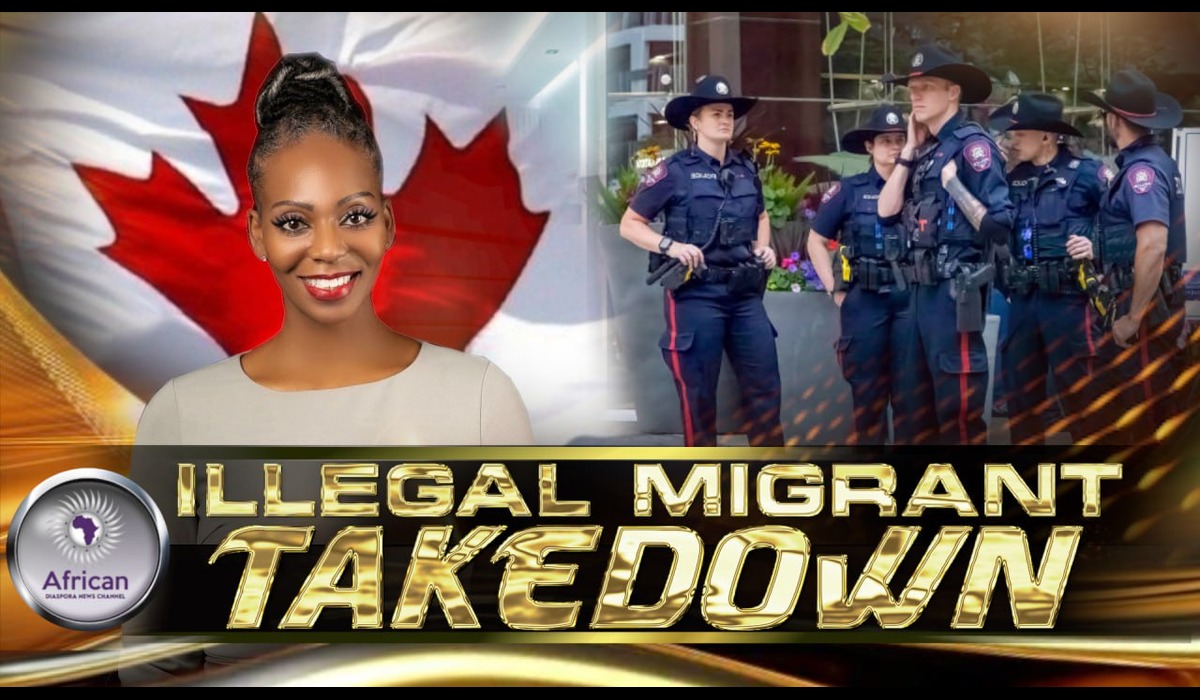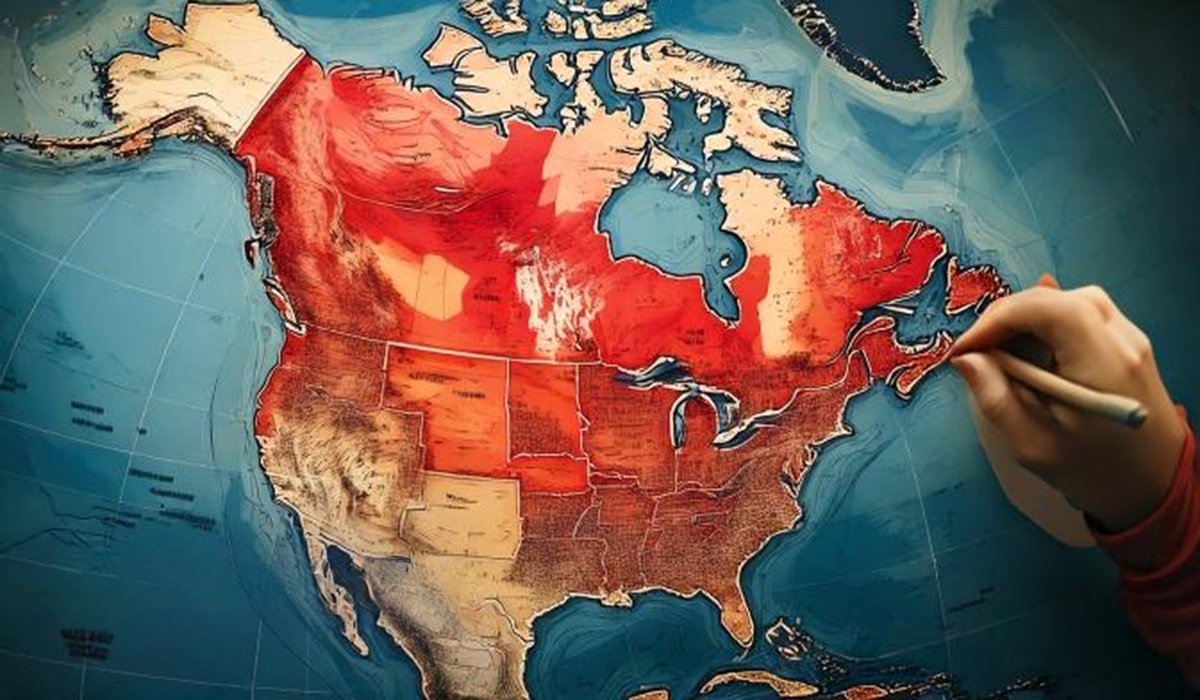The Disingenuous Dance of Grant Funding in Canada: An Exposé On Futility
- TDS News
- Canada
- April 30, 2024

Image Credit, Dezalb
The intricate web of government grant funding in Canada can be seen as a deceptive facade of support for small businesses and non-profit organizations. Ostensibly heralded as lifelines for struggling entities, these grants often prove to be a tangled mess of bureaucracy, inefficiency, and political maneuvering. What emerges is a stark reality where promises of aid are overshadowed by the glaring inconsistencies and disingenuous practices of federal and provincial grant programs.
At the heart of the issue lies the convoluted and opaque nature of grant applications. Buried beneath pages of jargon and labyrinthine guidelines, these applications become an exercise in frustration for hopeful recipients. Small businesses and non-profits, already stretched thin, must navigate through a maze of requirements, often with little clarity or guidance.
Adding insult to injury are the interminable waiting periods for adjudication and disbursement. While the government claims to prioritize timely assistance, the reality paints a starkly different picture. Applicants can wait upwards of months, if not longer, for a response, leaving them in limbo and undermining any hope of meaningful support.
The COVID-19 pandemic has laid bare the government’s capability to expedite funding when deemed necessary. Emergency relief measures saw funds dispersed within days to eligible businesses and individuals, showcasing a stark dichotomy in the government’s approach to grant distribution. The question begs: if rapid allocation is possible during a crisis, why does the same urgency not apply to everyday grant applications?
Moreover, the skewed allocation of grants towards non-profit organizations leaves for-profit entities out in the cold. While non-profits are indeed vital pillars of community support, the exclusion of for-profit businesses underscores a glaring disparity in the government’s approach to economic assistance.
However, the most egregious aspect of grant funding lies in its entanglement with politics. Grants can be considered pawns in electoral games, with funding announcements strategically timed to bolster support from specific demographics or communities. Otherwise, why is there a flurry of funding announcements just before the writ drops? It’s as if these gran applications were sitting in purgatory, and it was time to use the “Break Glass” in case of emergency analogy. The trouble appearance of a quid pro quo mentality undermines the integrity of the grant process, turning it into a tool for political gain rather than genuine aid.
Ethnic communities often bear the brunt of this political manipulation, with targeted funding initiatives often falling short of their intended goals. For instance, initiatives like the Black Business Funding, intended to aid minority entrepreneurs, were plagued by obstacles and administrative shortcomings. Additionally, applicants faced intrusive inquiries about their sexuality, further complicating the process. Many deserving recipients are left empty-handed, their aspirations dashed by a system rife with inefficiency and indifference.
Then, there is a case of the disability grant application to the Employment and Social Development Canada (ESDC), a poignant example of this systemic failure. Despite a meticulously prepared application and a track record of impactful work, this organization was denied funding because there was insufficient written information on gender diversity. This absurd rationale highlights the arbitrary nature of grant adjudication and the disregard for genuine impact and merit.
The organization, which had garnered support from indigenous elders, doctors, and survivors of mental health trauma, found their efforts brushed aside like a discarded rag. Months of preparation, accompanied by detailed documentation and heartfelt endorsements, were summarily dismissed. When confronted about the lack of communication or clarity, the department’s response was shockingly indifferent. Instead of engaging in meaningful dialogue to address concerns, they shrugged off responsibility, relegating communication to a one-way street. Such disregard for accountability and transparency only serves to compound the frustrations of grant applicants, further underscoring the system’s dysfunctionality.
Furthermore, the lack of communication and accountability within grant agencies exacerbates the frustrations of applicants. The reluctance to engage in dialogue or provide clarity demonstrates a blatant disregard for the concerns and needs of those seeking assistance. Contrary to claims of dialogue and cooperation, the reality is a bureaucratic monolith that operates in isolation, detached from the realities of those it purportedly serves.
As disillusionment grows among grant applicants, many are turning their gaze southward, seeking refuge in the more supportive environment of the United States. The emphasis on fostering small businesses and supporting minority entrepreneurs stands in stark contrast to the bureaucratic quagmire of Canadian grant programs. This is even more apparent when small businesses have to interact with Canada’s banking financial arm for funding, especially when they set the bar so high for qualification. One consultant said, “The requirements for funding seems like they are aimed at weeding out small businesses and entrepreneurs, crushing the dreams of those wanting to contribute to the Canadian economy.”
It’s a sobering realization that the grass may indeed be greener on the other side of the border. Until substantive reforms are enacted to address these systemic failures, the promise of government grants will remain an elusive mirage, perpetually out of reach for those who need it most.








